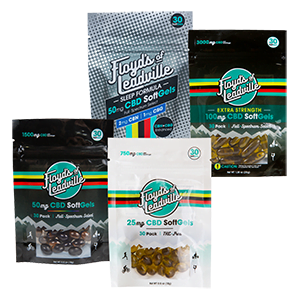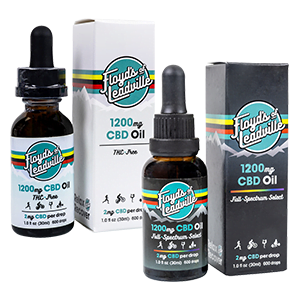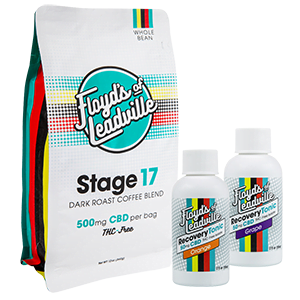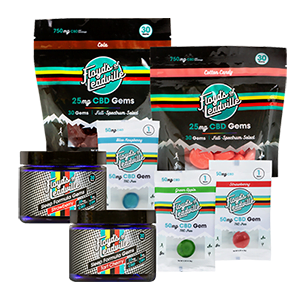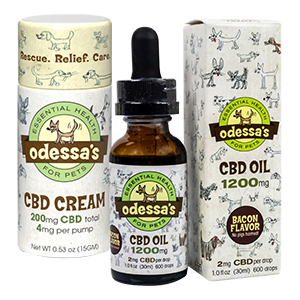Know Your CBD
The ABCs of Making CBD
Until recently the body’s endocannabinoid system was a relative mystery due to archaic state and federal laws, which largely prohibited the study of plants and compounds that interact with this network of neurotransmitters. Cannabis is a complicated plant that contains over 400 chemical entities and more than sixty cannabinoid compounds, many of which are just beginning to be understood.
The ratio of CBD and THC within the cannabis plant is what distinguishes hemp from marijuana and federally legal CBD from illegal.
Cannabidiol, or CBD, is just one of these naturally occurring compounds, while THC is another.
The ratio of CBD and THC within the cannabis plant is what distinguishes hemp from marijuana and federally legal CBD from illegal.
While both plants contain these compounds, hemp contains naturally high levels of CBD and very low levels of THC, which makes it ideal for extracting the former.
Cannabinoid research has recently expanded, with studies examining numerous potential health and medical uses for CBD. Farming techniques, plant selection, extraction technology, formulations, and recent regulatory changes are all seeing the CBD industry evolve and become more viable everyday.
With passage of the 2018 Farm Bill the federal government now defines hemp as cannabis that contains less than .3% THC. This low level means that hemp, unlike other strains of cannabis, will not get you “high.” The Farm Bill also allows the growth, manufacture, distribution and sale of hemp based products across state lines. Recently the FAA has also updated its policy, allowing passengers to fly with hemp based CBD products. These important distinctions make hemp a legitimate agriculture product.
What is the Difference Between Hemp and Marijuana?
It wasn’t long ago that hemp and marijuana were indistinguishable in the eyes of the federal government, which meant laws that forbid the growth, distribution and sales of hemp products in many states.
In the United States cannabis plants that contain over .3% THC are still listed under Schedule I of the Controlled Substances Act.
Individuals familiar with cannabis and its derivatives have long known that while delta-9-tetrahydrocannabinol (THC) can produce a “high,” hemp plants contain naturally low levels of THC yet have numerous other active compounds.
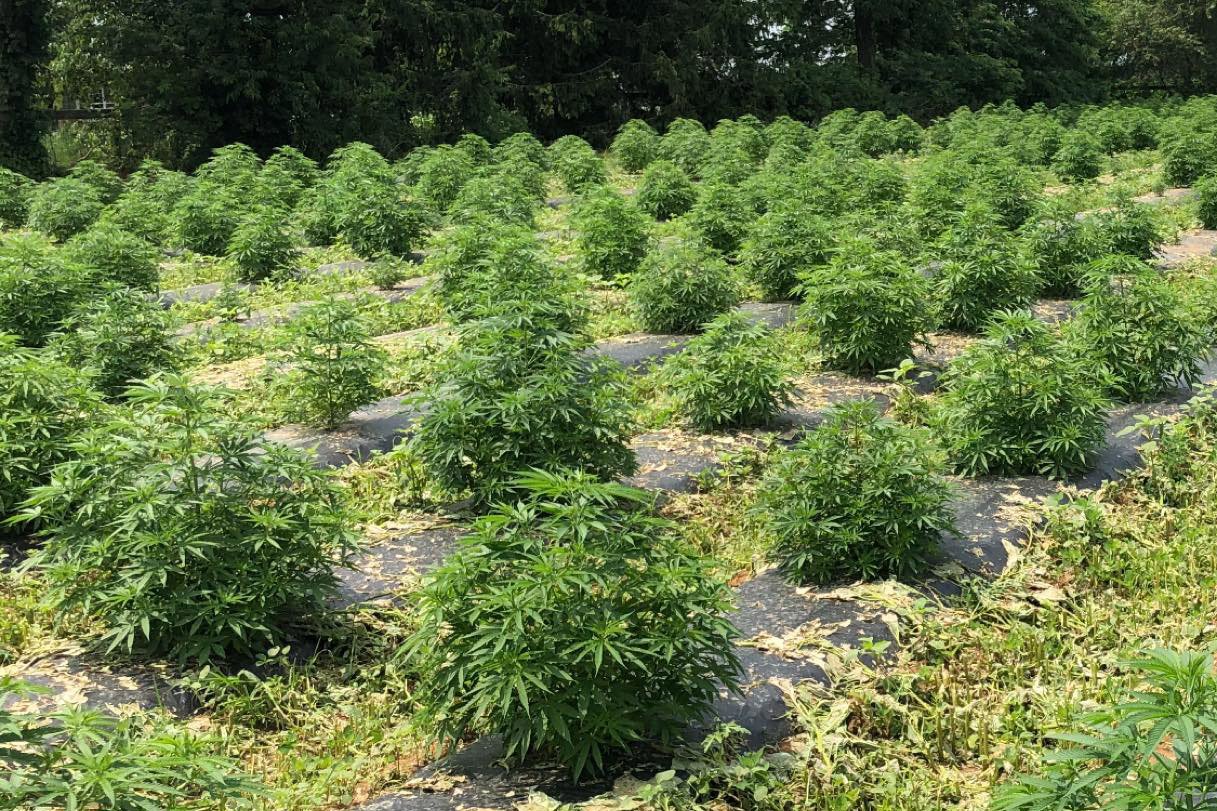
The 2018 Farm Bill
Additional research is examining CBD’s relationship with neurological conditions, oxidative injury, and schizophrenia.
Several recent studies have also looked into CBD’s potential to reduce pain and discomfort, and athletes are using CBD as a training and recovery tool.
How Is CBD Made?
There are several ways to extract CBD from the hemp plant.
Alcohol extraction is considered the original method and was developed in 2003 by engineer Rick Simpson. In the process of alcohol extraction, the hemp plant is bathed in a solvent. After the plant has been soaked, the remaining liquid contains CBD and other cannabinoids.
In the more complex method of C02 extraction, a series of chambers control the pressure and temperature of carbon dioxide, which is cooled to -70 degrees Fahrenheit and becomes liquid. Heated again the C02 becomes supercritical, and when passed over the hemp plant, permeate the membranes to capture their many compounds. As the cannabinoids within the plant separate, the chambers of the device collect them, yielding a wide range of “full spectrum” or isolate combinations. This process is more complex and requires skills and special machinery but yields more precise and commercially viable CBD oil.
From Plant To Product
In its raw form, CBD oil can be very pungent, less than palatable, and difficult for some to consume, but thankfully there are many ways to enhance the flavor and indigestibility of CBD. Products can be found in a wide range of applications and formulations from pure tinctures and soft gels to creams, balms, drink mixes, gems and protein powders. Manufacturers have the option to dilute raw CBD oil into a variety of formulations, which is why CBD products can be identical in size but differ in potency, or milligrams of CBD per serving.
Know Your Producer
With the FDA currently reviewing regulatory options and guidelines or CBD products, there is no governing body to monitor purity or quality, making it important for customers to use brands that have been third-party tested and verified. It is also critical to read labels closely and understand where and how a product was manufactured. CBD products that are derived from cannabis strains with THC levels over .3% are not federally legal, which is why we third party test every batch for purity and source organically grown hemp from our farmers here in the USA.
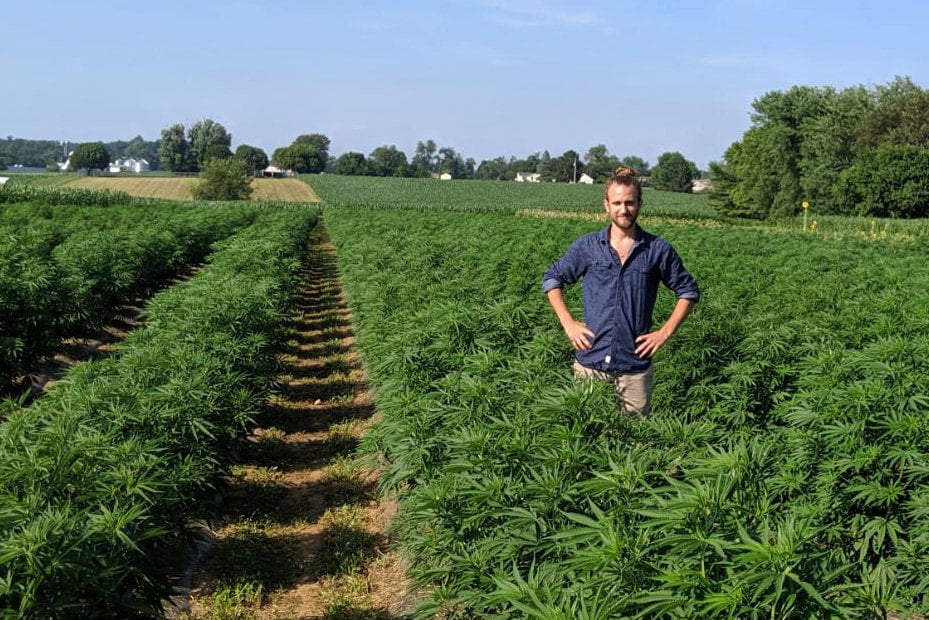
Full Spectrum and Isolate
While some CBD products are whole-plant or full-spectrum, others contain oil purified into CBD isolates. Whole plant extraction yields all of the natural compounds found in hemp. Many believe the broader spectrum of cannabinoids is more effective than the sum of their parts, the so-called “entourage effect” interaction of all the plant’s compounds. These other hemp-based cannabinoids include CBN (Cannabinol), CBG (Cannabigerol), and THCV (Tetrahydrocannabivarin) as well as trace amounts of non-psychoactive THC.
In CBD isolate production, hemp oil has been purified to remove all additional substances, cannabinoids, and compounds found within the hemp plant, resulting in pure CBD. These isolate products are ideal for individuals who may be sensitive to cannabinoids or are concerned about putting THC into their body.
If you don’t have your own hemp farm or the idea of making your own CBD oil seems intimidating, don’t worry. With so many ready-made high-quality products available, there has never been a better time to try CBD. Products come in a large variety of shapes, sizes, and flavors, so you can find any potency or method of application that you desire. Curious about where you can find CBD? Chances are there is a store near you, or in this digital age, there’s a web store that’s just a click away and offers shipping to all fifty states.

